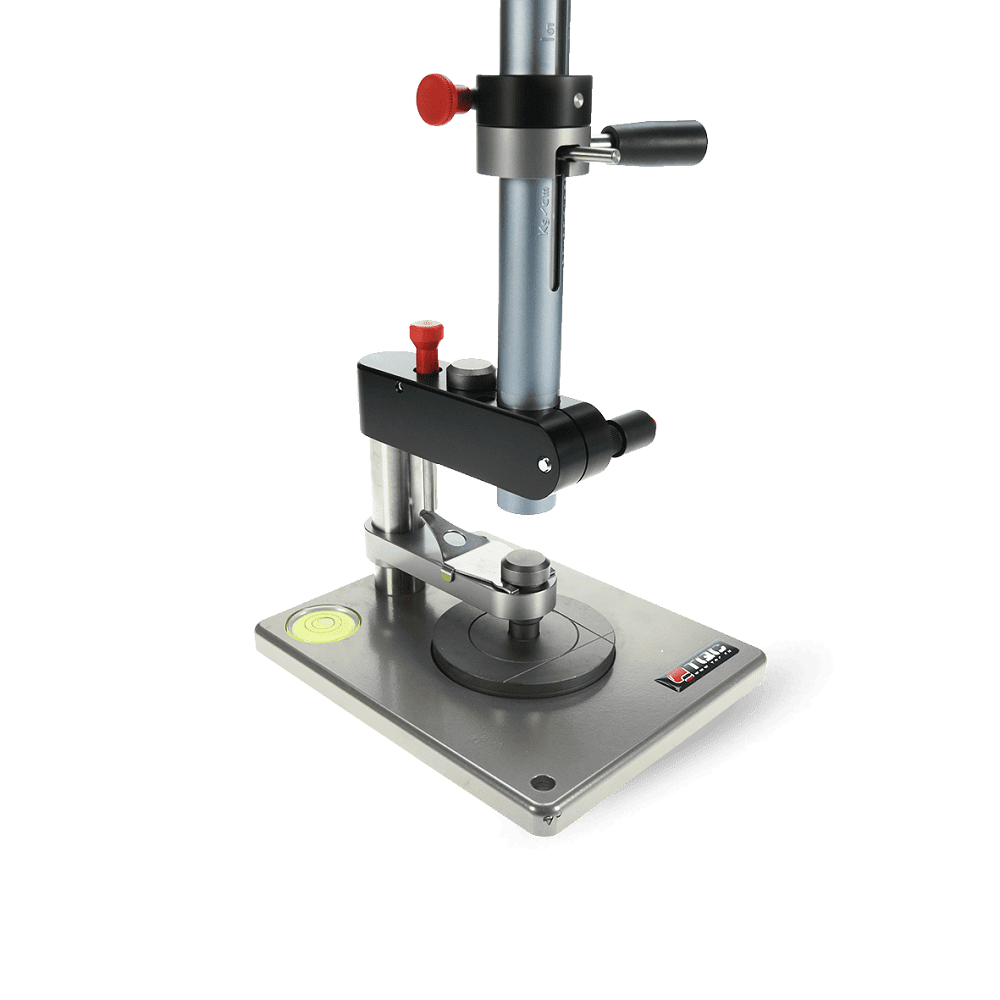To start with let us first get to know what actually Impact Testingis. To begin with, thissums up the total energy that is captivated by a material during a fracture. Hence, this energy that is absorbed is a summation of the toughness of the material. Therefore, this testing helps in analysing whether a material is ductile or brittle. However, this kind of testing is done to determine the behavior of the material at a higher speed.
In this article, you will get to know about impact testing and how it is helpful for you. Please read below to know about it in detail.
Different types of Impact Testing
mainly there are two types of impact testing namely the Charpy test and the izod test. Both the tests are done in a similar way by striking a fixed specimen with a determined weight. This weight travels in a pendulum at a fixed speed. To elaborate, the Izod testing includes holding the material vertically which faces the pendulum. On the other hand, the Charpy testing ensures the material is placed horizontally facing the pendulum. The exact quantity of energy required to fracture the test materials is analyzed. After that, a conclusion is taken about the toughness of the material. Therefore, this test just takes around 20 minutes. Also, the total time is same for all materials irrespective of their thickness and variant. Furthermore, the materials once tested cannot be used for further testing as they leave a crack on the same. Therefore, both these types of testing help in knowing the strength and ductility of the material.
Materials that can undergo impact testing
Almost all materials can be tested through impact testing. But the most common materials for this test are plastics, ceramics, metals, polymers and woods. During the test, these materials take the shape of a sheet of different thickness. Sometimes they also take the shape of short rods. According to the test, the materials will be either brittle or ductile. However, sometimes the materials fail to check the brittleness. It means a very small quantity of energy caused cracks to the material. Moreover, materials also fail the check of ductile. Then, it means that heavy amount of energy caused cracks to that object.
Calculation of impact testing
Moreover, the calculation required for of impact testingis simple. The calculation is done by dividing the total energy by the thickness of the material. Hence, the result is typically the average of total five materials collected of the same type. The typical size of the specimen should not be more than 10mm*10mm*55mm. Therefore, this particular size of the specimen helps to develop an accurate result. this test is done in order to determine the behavior of the material under a particular condition. This is also done to check how much can a material withstand or tolerate the impact of harsh and severe conditions.
Conclusion
To conclude, impact testing is one of the popular methods to test the vulnerability of a material. It also tests the amount of adverse condition that a material can withstand. This testing helps in different fields and often engineers are seen using it the most. Therefore, it is a part of industries like marble and granite, wooden furniture and so on. It is important to know how much strength your object can tolerate before actually making something relevant and useful. Hence, knowing about impact testing is something one should definitely learn and implement. If not actual implementation at least you should know where this can be used.


